Home>Garden Essentials>How To Bring Light Into An Infill Site Section
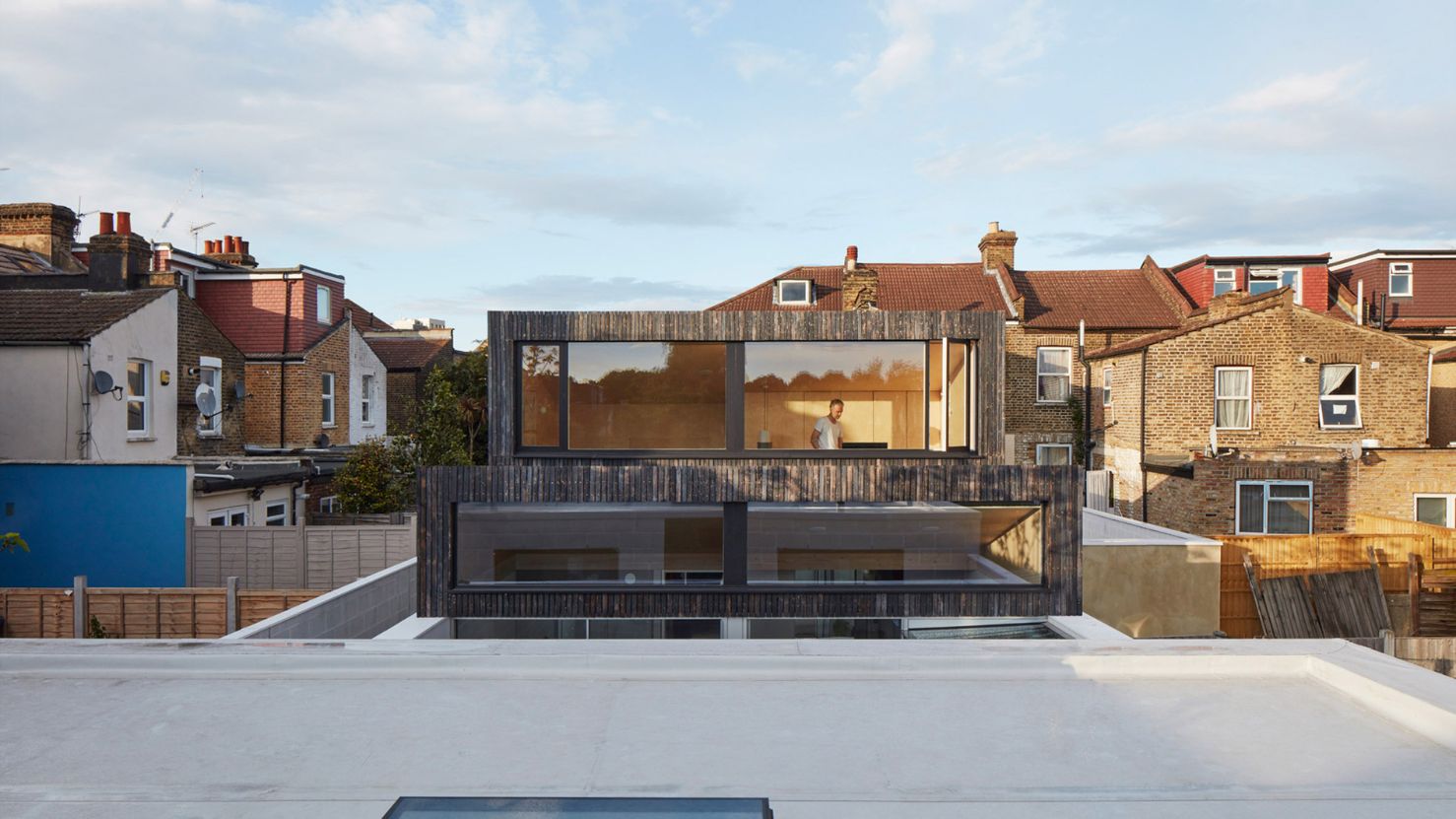

Garden Essentials
How To Bring Light Into An Infill Site Section
Modified: March 7, 2024
Discover how to bring light and life back to your infill site section with our expert garden tips. Maximize space and create a vibrant outdoor space.
(Many of the links in this article redirect to a specific reviewed product. Your purchase of these products through affiliate links helps to generate commission for Storables.com, at no extra cost. Learn more)
Introduction
Welcome to the world of infill sites, where the beauty of urban planning meets the challenge of limited space. Infill sites are those pockets of land in densely populated areas that are available for development. They can be small plots nestled between existing buildings or vacant lots in the heart of a bustling city. While infill sites provide exciting opportunities to create innovative and sustainable urban spaces, they also pose unique challenges, one of them being how to bring light into these compact areas.
Bringing light into an infill site is crucial for various reasons. Not only does it enhance the aesthetic appeal of the space, but it also contributes to the well-being of the occupants. Natural light has been proven to have numerous benefits, including improving mood, productivity, and overall health. By maximizing the use of natural light, you can create a more pleasant and inviting environment that enhances the quality of life for those who live, work, or visit the site.
In this article, we will explore effective strategies for bringing light into infill sites. From site analysis to strategic building placement, from incorporating windows and openings to utilizing outdoor spaces, we will cover various techniques to optimize light penetration in these compact areas. Additionally, we will delve into interior design strategies and artificial lighting solutions that can further enhance the illumination of infill sites.
So, whether you are a developer, architect, or simply a design enthusiast, this article will provide you with valuable insights and practical tips to make the most out of infill sites and create vibrant, well-lit environments. Let’s dive in and shed some light on the art of illuminating infill sites!
Key Takeaways:
- Maximizing natural light in infill sites is crucial for creating inviting and spacious environments. Strategic building placement, well-positioned windows, and outdoor spaces all contribute to enhancing light access and improving the overall quality of life.
- Infill sites can be transformed into vibrant, well-lit spaces by combining natural and artificial lighting solutions. Smart design strategies, such as reflective materials and energy-efficient fixtures, play a key role in creating a harmonious and sustainable lighting design.
Read more: What Is An Infill Development Site
Understanding Infill Sites
In order to effectively bring light into an infill site, it is important to first understand what an infill site is and the challenges that come with it. An infill site is a space within an already developed area that is available for new construction or development. These sites are often small and irregularly shaped, sandwiched between existing buildings or located in the midst of a bustling urban environment.
One of the unique challenges of infill sites is the limited space available. Compared to traditional greenfield sites, infill sites have a smaller footprint, which means less room to work with. This constraint can make it more difficult to incorporate elements that allow for natural light penetration.
Another challenge of infill sites is the existing surrounding structures. These buildings can cast shadows and block potential sources of light. Additionally, neighboring buildings may impact privacy concerns, limiting the placement of windows or openings on certain sides of the infill site.
Despite these challenges, bringing light into an infill site is essential for creating a pleasing and functional space. Natural light not only enhances the aesthetics but also has a positive impact on the well-being of the occupants. It has been proven to improve mood, increase productivity, and provide numerous health benefits.
By maximizing the use of natural light in an infill site, you can create a more inviting and comfortable environment. Light-filled spaces can feel more spacious and open, making the most of the limited space available. Natural light also reduces the dependence on artificial lighting during the day, leading to energy savings and environmental sustainability.
Furthermore, incorporating natural light into an infill site can help establish a visual connection between the indoor and outdoor spaces. This connection not only creates a sense of openness but also contributes to the overall harmony with the surrounding neighborhood.
Now that we have a better understanding of what infill sites are and the challenges they bring, let’s explore strategies for bringing light into these unique spaces.
Site Analysis
Before implementing any strategies to bring light into an infill site, a thorough site analysis is crucial. This analysis involves evaluating the existing structures and surroundings, assessing potential light sources, and determining the optimal direction and angle of light.
One of the first steps in site analysis is to evaluate the existing structures and their impact on light accessibility. Take note of neighboring buildings that may cast shadows on the infill site. Consider the height, size, and orientation of these structures, as they can significantly affect the amount and quality of natural light that reaches the site.
Next, assess the potential light sources available to the infill site. Identify any sources of natural light such as the position of the sun throughout the day, nearby open spaces, or reflective surfaces that can bounce light into the site. Understanding the available light sources will help in determining the areas of the site that have the highest potential for natural light penetration.
Once the existing structures and potential light sources have been evaluated, it is important to determine the optimal direction and angle of light. This involves studying the path of the sun throughout the day and how its angles change with the seasons. By understanding the sun’s movement, you can strategically position the building and openings to capture the maximum amount of light at different times of the day and year.
Furthermore, consider the specific activities or functions that will take place within the infill site. For example, if it is a residential space, prioritize spaces where natural light is most desired, such as living areas and bedrooms. If it is a workspace, consider how natural light can enhance productivity and create a comfortable working environment.
Overall, site analysis is a crucial step in the process of bringing light into an infill site. By understanding the existing structures, potential light sources, and the optimal direction of light, you can lay the foundation for effective strategies to maximize natural light penetration in the site. Now, let’s dive into some of these strategies for bringing light into infill sites.
Strategic Building Placement
Strategic building placement is a key factor in maximizing natural light in an infill site. By carefully considering the positioning of the building, you can effectively optimize its exposure to natural light throughout the day. Here are some strategies to achieve this:
1. Positioning the building to maximize natural light: Determine the best location for the building on the infill site to capture the most sunlight. This involves analyzing the site’s orientation and topography. Orienting the building towards the south or southeast can maximize exposure to sunlight, especially in the northern hemisphere. Consider any obstructions such as neighboring buildings or trees that may block sunlight and adjust the positioning accordingly.
2. Considering nearby structures and their impact on light accessibility: Take into account the existing surrounding structures and their potential impact on light accessibility. Assess neighboring buildings to identify potential shading issues and adjust the placement of windows and openings accordingly. Consider the height and orientation of surrounding structures to create optimal light conditions within the infill site.
3. Utilizing techniques such as setback and orientation: Incorporating setback and orientation techniques can help optimize natural light penetration. Setback refers to the distance between the building and property lines or neighboring structures. By strategically setting the building back from obstructions, you can create opportunities for more light to enter the site. Additionally, consider the building’s orientation in relation to the path of the sun. Aligning the longer sides of the building with the east-west axis can allow for maximum exposure to sunlight throughout the day.
4. Designing light wells and courtyards: Light wells and courtyards are interior spaces that are open to the sky, allowing natural light to filter into the building. By strategically placing these features within the infill site, you can create additional opportunities for light to penetrate the building. Light wells can be positioned in areas that are shaded by surrounding structures, maximizing the amount of light that reaches the interior spaces.
Overall, strategic building placement plays a crucial role in maximizing natural light in an infill site. By positioning the building to optimize exposure to sunlight, considering nearby structures and their impact on light accessibility, and utilizing techniques such as setback and orientation, you can create well-lit and inviting spaces within the confined nature of the infill site. In the next section, we will explore the importance of incorporating windows and openings to enhance light penetration in infill sites.
Incorporating Windows and Openings
When it comes to bringing light into an infill site, incorporating windows and openings is a vital aspect of the design process. Carefully choosing the right window types and sizes, placing them strategically, and considering additional features like skylights and light wells can optimize light penetration and create a bright and inviting space. Here’s how to do it:
1. Choosing the right window types and sizes: Selecting the appropriate window types and sizes is crucial for maximizing natural light. Consider large windows or floor-to-ceiling windows that allow ample light to flood into the space. Opt for windows with low-E (low emissivity) coatings to minimize heat loss and reflect solar heat, ensuring comfortable temperatures inside the building.
2. Placement of windows to optimize light penetration: Place windows strategically to maximize light penetration throughout the infill site. Consider the site analysis and the direction of natural light. Position windows on the south-facing side to capture the most sunlight throughout the day. If there are shading concerns or neighboring structures, consider placing windows on other sides that receive sufficient sunlight. Utilize clerestory windows that are elevated to allow light to reach deeper into the interior space.
3. Incorporating skylights and light wells: Skylights and light wells are excellent features to enhance natural light in infill sites. Skylights are overhead windows that bring sunlight directly into the space from above, while light wells are constructed openings in the ground that allow light to reach basement or lower-level areas. By incorporating skylights and light wells strategically, you can introduce an additional source of natural light into the site, even in areas that might be lacking direct access to sunlight.
4. Balancing light and privacy: While the focus is on maximizing natural light, it’s essential to strike a balance between light penetration and privacy. Consider the placement and size of windows in relation to the neighboring structures or buildings. Utilize frosted or textured glass or consider installing window treatments like blinds or curtains to maintain privacy while still allowing natural light to filter into the space.
Incorporating windows and openings into the design of an infill site is a powerful way to bring in natural light and create a bright and airy atmosphere. By choosing the right window types and sizes, strategically placing windows for optimal light penetration, and incorporating skylights and light wells as needed, you can transform the infill site into a well-lit and inviting environment. In the next section, we will explore how integrating outdoor spaces can further enhance light access in infill sites.
Consider using skylights, light wells, or strategically placed windows to bring natural light into an infill site section. This can help create a brighter and more inviting space.
Read more: How To Arrange Sectional In Living Room
Integrating Outdoor Spaces
Integrating outdoor spaces into the design of an infill site not only creates a connection with the natural environment but also offers opportunities to enhance light access. By strategically designing outdoor spaces, implementing green roofs and vertical gardens, and utilizing reflective surfaces, you can amplify natural light and create a vibrant and well-lit environment.
1. Designing outdoor spaces to enhance light access: When planning outdoor spaces, consider their impact on light penetration into the site. Position outdoor seating areas or gathering spaces in areas that receive ample sunlight. Avoid obstructing windows or openings with outdoor structures or landscaping elements. By allowing natural light to flow freely through outdoor spaces, you can create a seamless transition between indoor and outdoor areas while maximizing light within the site.
2. Implementing green roofs and vertical gardens: Green roofs and vertical gardens can serve as effective ways to increase light access and add visual interest to an infill site. Green roofs consist of vegetation planted directly on the roof surface, which helps reduce heat buildup and provides an additional source of greenery. Vertical gardens, or living walls, are vertical structures covered in plants that provide aesthetic appeal while enhancing air quality. Both of these features help increase the reflection and diffusion of natural light, bringing more brightness into the site.
3. Utilizing reflective surfaces to amplify natural light: Reflective surfaces can be strategically incorporated into the design to amplify natural light within the site. Consider using materials with high reflectivity, such as light-colored paving stones, glass, or mirrors. These surfaces bounce light into the space, helping to distribute it more evenly and increase overall brightness. Additionally, position reflective surfaces near windows or openings to maximize the reflection of natural light into the interior spaces.
By integrating outdoor spaces, implementing green roofs and vertical gardens, and utilizing reflective surfaces, you can enhance light access and create a well-lit and vibrant environment in an infill site. These design strategies not only optimize natural light penetration but also contribute to the overall aesthetic appeal and sustainability of the site. In the next section, we will explore interior design strategies to further maximize natural light in infill sites.
Utilizing Interior Design Strategies
Interior design plays a significant role in maximizing natural light in infill sites. By incorporating specific strategies and elements, such as light color schemes, reflective materials, interior windows, frosted glass partitions, light shelves, and mirrors, you can enhance light distribution and create a bright and welcoming atmosphere.
1. Utilizing light color schemes and reflective materials: Opt for light color schemes that reflect and amplify natural light. Use light-colored paint or wallpaper on walls, ceilings, and floors to enhance the brightness of the space. Additionally, incorporate reflective materials like glossy finishes, polished surfaces, or metallic accents. These materials bounce light around the room, creating a sense of spaciousness and increasing overall illumination.
2. Incorporating interior windows and frosted glass partitions: Interior windows and frosted glass partitions are effective elements for introducing natural light into different areas of an infill site. They allow light to flow between rooms, creating a sense of openness and connection. Interior windows placed strategically within the site can bring borrowed light from sunlit areas and distribute it throughout the space. Frosted glass partitions maintain privacy while still allowing light to pass through, creating a soft and diffused glow.
3. Employing light shelves and mirrors to distribute light: Light shelves are horizontal surfaces installed above windows to capture and redirect sunlight further into the room. These shelves bounce light off their reflective surfaces, helping to distribute it deeper into the space. Mirrors can also be used strategically to reflect and amplify natural light. Placing mirrors opposite windows or in darker areas of the site can effectively double the amount of light in the room by reflecting it from the outside.
By utilizing light color schemes, incorporating reflective materials, interior windows, frosted glass partitions, light shelves, and mirrors, you can optimize natural light distribution within an infill site. These interior design strategies not only enhance brightness and luminosity but also contribute to a sense of openness and spaciousness.
When combined with the strategies for bringing light into infill sites that we explored earlier, these interior design techniques create a harmonious and well-lit environment that enhances the quality of life for those inhabiting or visiting the site. In the next section, we will discuss the importance of employing effective artificial lighting solutions to supplement natural light in infill sites.
Effective Artificial Lighting Solutions
While natural light is essential, effective artificial lighting solutions can supplement and enhance the illumination in infill sites. By selecting energy-efficient lighting fixtures and implementing smart lighting controls, you can create a well-balanced lighting design that works in harmony with natural light. Here are some strategies to consider:
1. Supplementing natural light with artificial lighting: Artificial lighting serves as a valuable tool to provide adequate illumination when natural light is limited or unavailable. Identify areas within the infill site that receive less natural light and strategically place artificial lighting fixtures to ensure even and consistent light distribution. Supplementing natural light with appropriate artificial lighting creates a balanced and functional environment throughout the day and evening.
2. Selecting energy-efficient lighting fixtures: Energy efficiency is a key consideration when choosing lighting fixtures for infill sites. Opt for LED (Light Emitting Diode) lighting fixtures, which are highly energy-efficient, long-lasting, and provide a high-quality light output. LEDs consume significantly less energy than traditional incandescent or fluorescent bulbs, helping to reduce the carbon footprint and energy costs associated with the site.
3. Using smart lighting controls: Implementing smart lighting controls offers flexibility and energy-saving opportunities. Occupancy sensors can detect movement and automatically turn off lights when rooms are unoccupied, reducing energy wastage. Dimmers allow for adjusting light levels based on specific needs and preferences, providing the ability to create different atmospheres within the space. Additionally, timers and scheduling systems can be utilized to ensure lights are only active when necessary, further optimizing energy consumption.
By incorporating effective artificial lighting solutions, you can create a well-lit and functional environment in infill sites, even when natural light is limited. Selecting energy-efficient lighting fixtures and utilizing smart lighting controls not only reduces energy consumption and costs but also contributes to the overall sustainability of the site.
Remember to strike a balance between natural and artificial lighting and adjust the intensity and color temperature of artificial lighting to ensure a cohesive and harmonious lighting design. By combining the benefits of natural light with the convenience and efficiency of artificial lighting solutions, you can create an optimal lighting scheme that enhances the overall experience within the infill site.
With the strategies discussed in this article, including site analysis, strategic building placement, incorporating windows and openings, integrating outdoor spaces, utilizing interior design strategies, and implementing effective artificial lighting solutions, you are equipped to bring light into infill sites and create vibrant, well-lit environments that enhance the quality of life for their occupants. Embrace these ideas, unleash your creativity, and enjoy the journey of transforming infill sites into beautifully illuminated spaces.
Conclusion
Bringing light into infill sites is a challenging yet rewarding endeavor. By employing a comprehensive approach that encompasses site analysis, strategic building placement, incorporating windows and openings, integrating outdoor spaces, utilizing interior design strategies, and implementing effective artificial lighting solutions, you can create vibrant and well-lit environments that enhance the quality of life for the occupants.
Understanding the unique nature of infill sites is the first step towards successful design. Evaluating existing structures and surrounding conditions, assessing potential light sources, and determining the optimal direction and angle of light provide a solid foundation for the rest of the process.
Strategic building placement plays a crucial role in maximizing natural light penetration. Positioning the building to optimize exposure to sunlight, considering nearby structures and their impact on light accessibility, and utilizing techniques such as setback and orientation ensure efficient light distribution throughout the day.
Incorporating windows and openings is another essential element in bringing light into infill sites. Choosing the right window types and sizes, placing them strategically to optimize light penetration, and incorporating additional features like skylights and light wells contribute to a bright and inviting atmosphere.
Outdoor spaces can enhance light access by designing them to maximize sunlight, implementing green roofs and vertical gardens, and utilizing reflective surfaces. These elements foster a harmonious connection with the natural environment and increase overall brightness within the site.
Interior design strategies, such as utilizing light color schemes and reflective materials, incorporating interior windows and frosted glass partitions, and employing light shelves and mirrors, further optimize natural light distribution and create a sense of openness and spaciousness.
Supplementing natural light with effective artificial lighting solutions is necessary to ensure consistent illumination. Selecting energy-efficient lighting fixtures and utilizing smart lighting controls provide flexibility and energy-saving opportunities, contributing to the sustainability and functionality of the site.
In conclusion, the art of bringing light into infill sites requires careful planning, creative thinking, and a comprehensive approach. By considering site analysis, strategic building placement, incorporating windows and openings, integrating outdoor spaces, utilizing interior design strategies, and implementing effective artificial lighting solutions, you can transform infill sites into vibrant and well-lit environments that cater to the needs and well-being of their occupants. Embrace the challenge, unleash your creativity, and let there be light in every corner of your infill site.
Frequently Asked Questions about How To Bring Light Into An Infill Site Section
Was this page helpful?
At Storables.com, we guarantee accurate and reliable information. Our content, validated by Expert Board Contributors, is crafted following stringent Editorial Policies. We're committed to providing you with well-researched, expert-backed insights for all your informational needs.
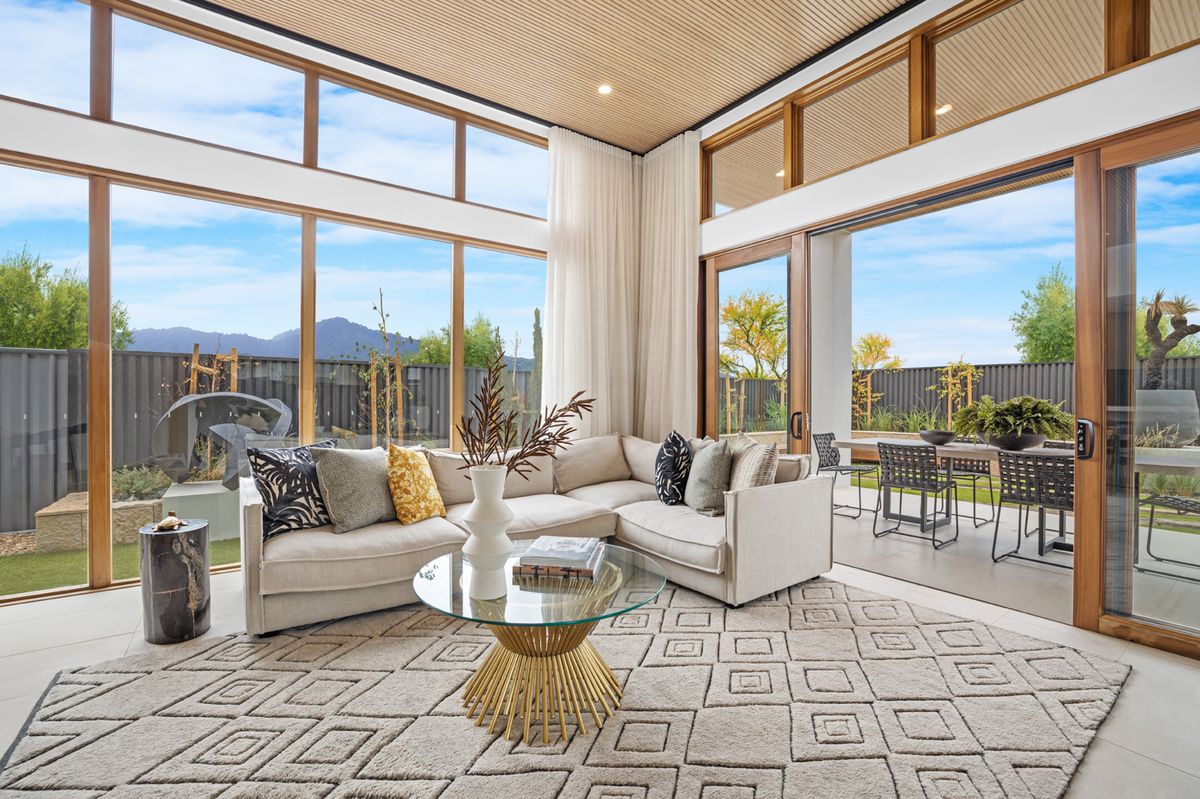

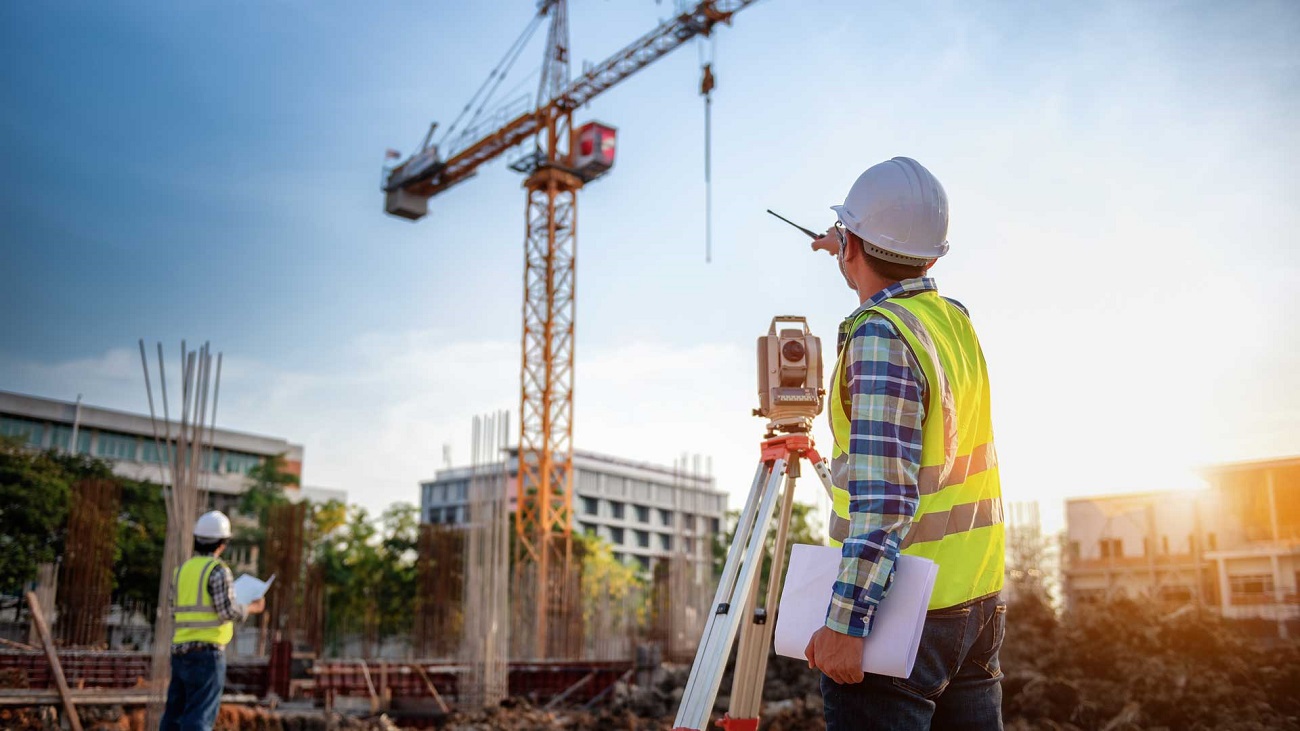
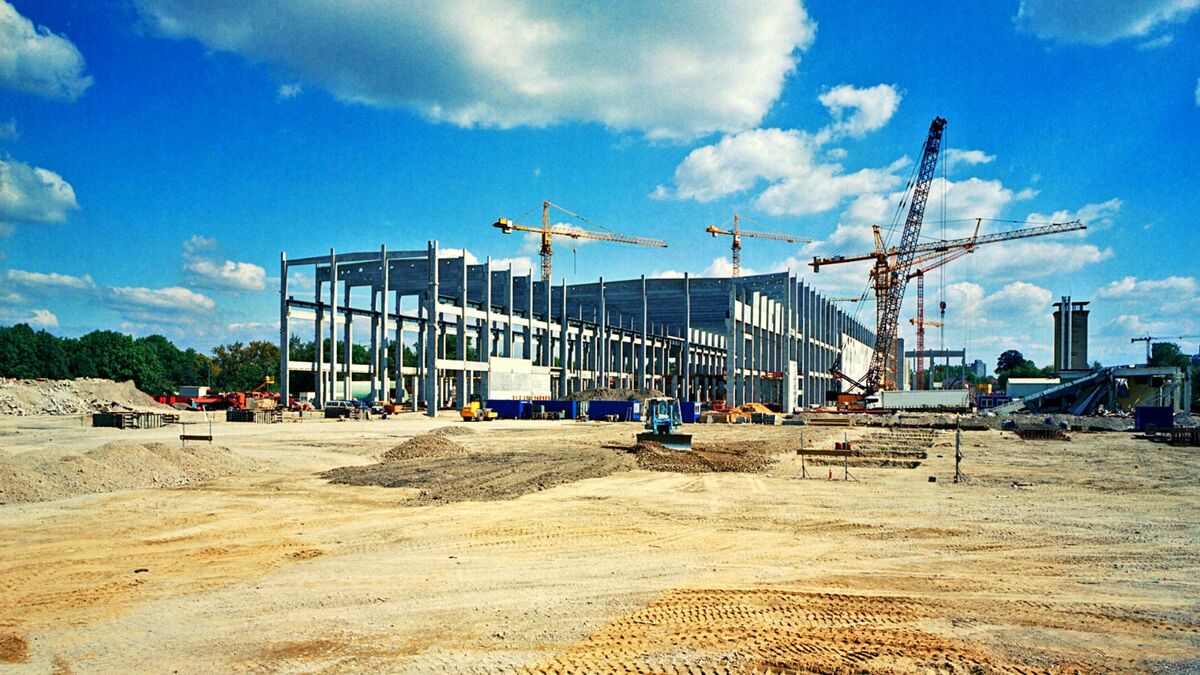
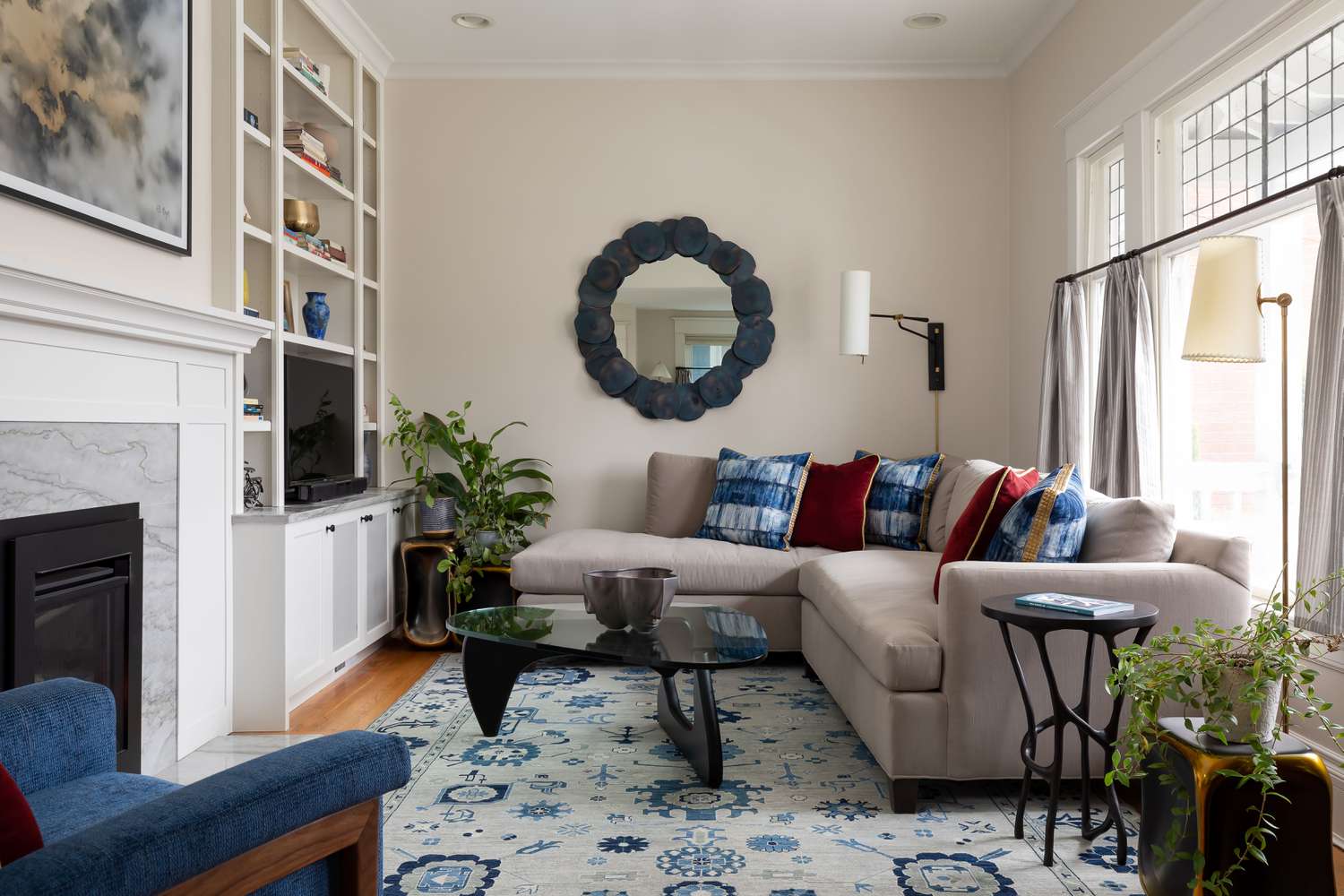
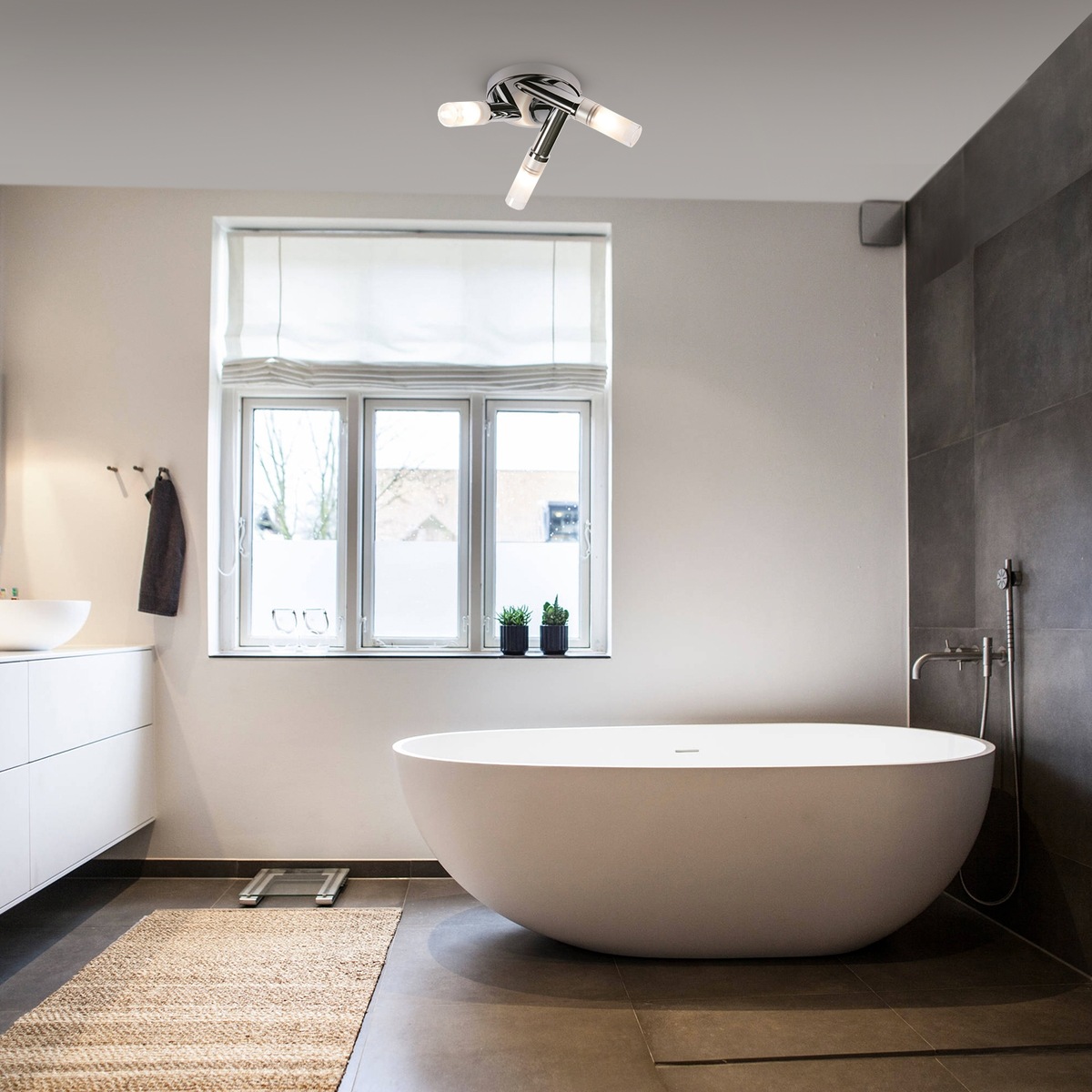
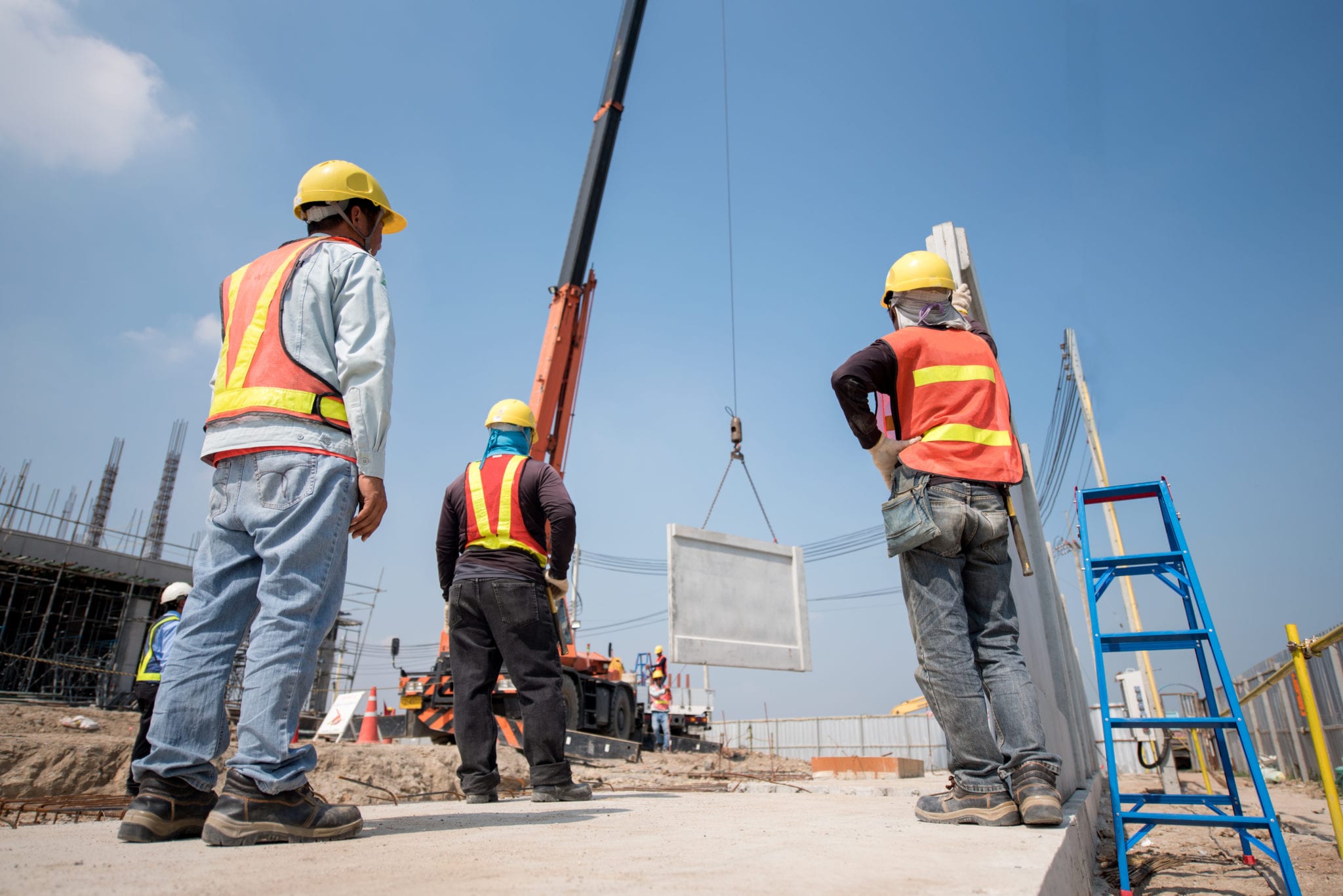
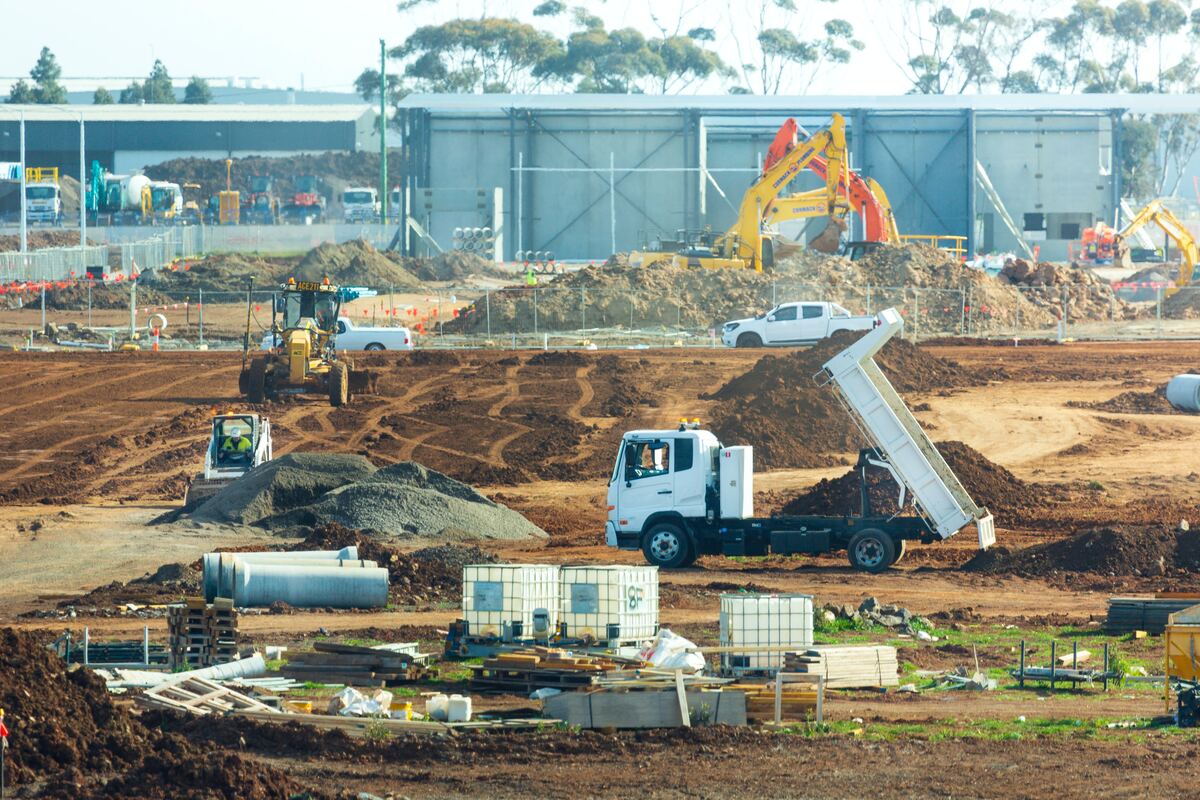





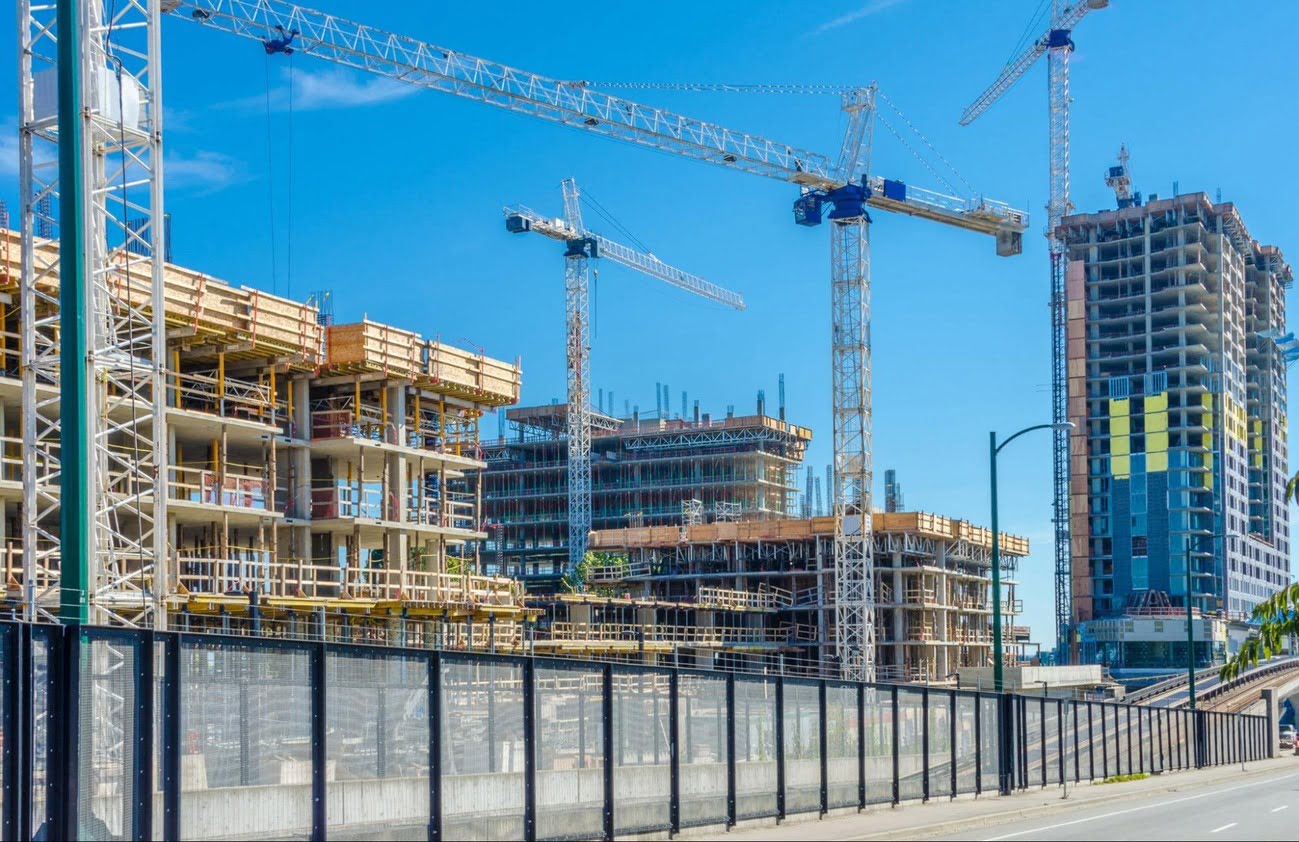

0 thoughts on “How To Bring Light Into An Infill Site Section”